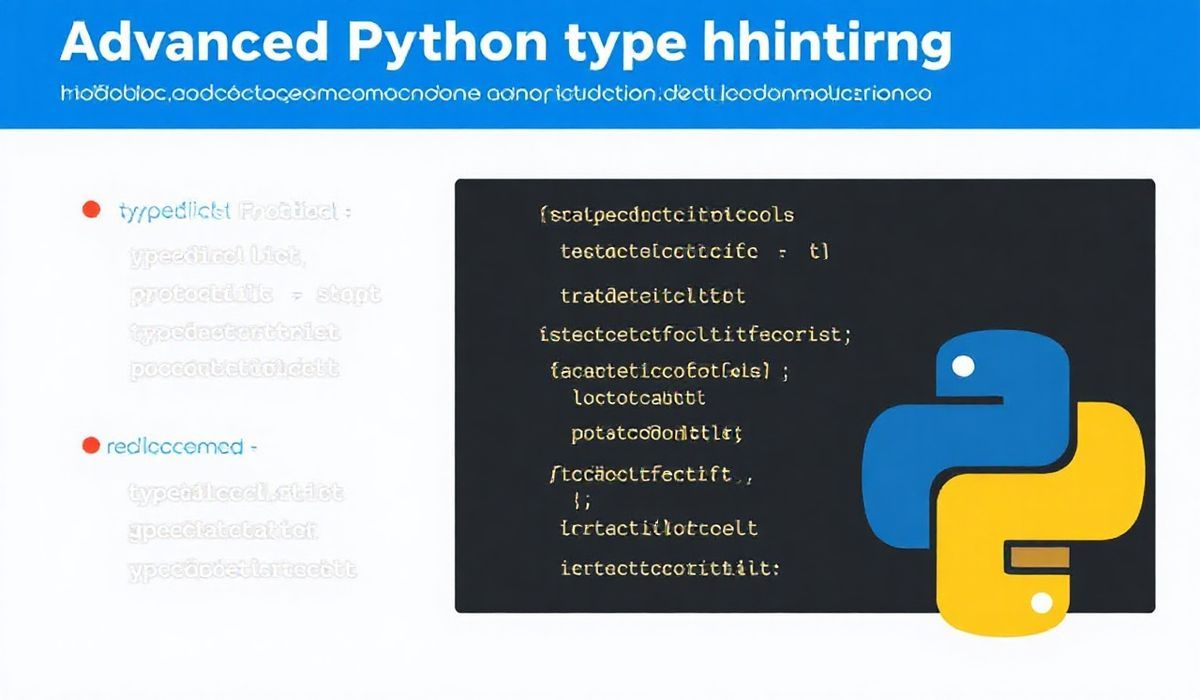Introduction to Firebase Tools
Firebase Tools is a powerful CLI that allows developers to manage their Firebase projects directly from the command line. It streamlines development workflows and integrates seamlessly with other development tools. In this guide, we will dive deep into various Firebase Tools APIs and provide practical code snippets for better understanding.
Authentication API
Firebase Authentication provides backend services to help authenticate users to your application. Here is an example of how to use the Authentication API:
import { initializeApp } from 'firebase/app';
import { getAuth, signInWithEmailAndPassword } from 'firebase/auth';
const firebaseConfig = {
apiKey: "your-api-key",
authDomain: "your-auth-domain",
projectId: "your-project-id",
storageBucket: "your-storage-bucket",
messagingSenderId: "your-messaging-sender-id",
appId: "your-app-id"
};
const app = initializeApp(firebaseConfig);
const auth = getAuth(app);
signInWithEmailAndPassword(auth, "user@example.com", "password123")
.then((userCredential) => {
const user = userCredential.user;
console.log('User signed in: ', user);
})
.catch((error) => {
console.error('Sign in error: ', error);
});
Firestore API
Firestore is a flexible, scalable NoSQL cloud database to store and sync data for client- and server-side development. Here is an example of how to use the Firestore API:
import { getFirestore, collection, addDoc } from 'firebase/firestore';
import { initializeApp } from 'firebase/app';
const firebaseConfig = {
apiKey: "your-api-key",
authDomain: "your-auth-domain",
projectId: "your-project-id",
storageBucket: "your-storage-bucket",
messagingSenderId: "your-messaging-sender-id",
appId: "your-app-id"
};
const app = initializeApp(firebaseConfig);
const db = getFirestore(app);
const addDocument = async () => {
try {
const docRef = await addDoc(collection(db, "users"), {
first: "Ada",
last: "Lovelace",
born: 1815
});
console.log("Document written with ID: ", docRef.id);
} catch (e) {
console.error("Error adding document: ", e);
}
};
addDocument();
Storage API
Firebase Storage provides a robust, simple, and cost-effective object storage solution. Below is an example of how to use the Storage API:
import { getStorage, ref, uploadBytesResumable, getDownloadURL } from 'firebase/storage';
import { initializeApp } from 'firebase/app';
const firebaseConfig = {
apiKey: "your-api-key",
authDomain: "your-auth-domain",
projectId: "your-project-id",
storageBucket: "your-storage-bucket",
messagingSenderId: "your-messaging-sender-id",
appId: "your-app-id"
};
const app = initializeApp(firebaseConfig);
const storage = getStorage(app);
const uploadFile = (file) => {
const storageRef = ref(storage, 'files/' + file.name);
const uploadTask = uploadBytesResumable(storageRef, file);
uploadTask.on('state_changed',
(snapshot) => {
const progress = (snapshot.bytesTransferred / snapshot.totalBytes) * 100;
console.log('Upload is ' + progress + '% done');
},
(error) => {
console.error('Upload error: ', error);
},
() => {
getDownloadURL(uploadTask.snapshot.ref).then((downloadURL) => {
console.log('File available at', downloadURL);
});
}
);
};
const fileInput = document.getElementById("file-input");
fileInput.onchange = (e) => {
const file = e.target.files[0];
uploadFile(file);
};
Comprehensive App Example
Here’s a comprehensive example of using the Firebase Authentication, Firestore, and Storage APIs in a simple application:
import { initializeApp } from 'firebase/app';
import { getAuth, signInWithEmailAndPassword } from 'firebase/auth';
import { getFirestore, collection, addDoc } from 'firebase/firestore';
import { getStorage, ref, uploadBytesResumable, getDownloadURL } from 'firebase/storage';
const firebaseConfig = {
apiKey: "your-api-key",
authDomain: "your-auth-domain",
projectId: "your-project-id",
storageBucket: "your-storage-bucket",
messagingSenderId: "your-messaging-sender-id",
appId: "your-app-id"
};
const app = initializeApp(firebaseConfig);
const auth = getAuth(app);
const db = getFirestore(app);
const storage = getStorage(app);
const signInUser = () => {
signInWithEmailAndPassword(auth, "user@example.com", "password123")
.then((userCredential) => {
const user = userCredential.user;
console.log('User signed in: ', user);
})
.catch((error) => {
console.error('Sign in error: ', error);
});
};
const addUserDocument = async () => {
try {
const docRef = await addDoc(collection(db, "users"), {
first: "Ada",
last: "Lovelace",
born: 1815
});
console.log("Document written with ID: ", docRef.id);
} catch (e) {
console.error("Error adding document: ", e);
}
};
const uploadUserFile = (file) => {
const storageRef = ref(storage, 'files/' + file.name);
const uploadTask = uploadBytesResumable(storageRef, file);
uploadTask.on('state_changed',
(snapshot) => {
const progress = (snapshot.bytesTransferred / snapshot.totalBytes) * 100;
console.log('Upload is ' + progress + '% done');
},
(error) => {
console.error('Upload error: ', error);
},
() => {
getDownloadURL(uploadTask.snapshot.ref).then((downloadURL) => {
console.log('File available at', downloadURL);
});
}
);
};
document.getElementById("sign-in-button").onclick = signInUser;
document.getElementById("add-user-button").onclick = addUserDocument;
document.getElementById("file-input").onchange = (e) => {
const file = e.target.files[0];
uploadUserFile(file);
};
With Firebase Tools, you can effectively manage your Firebase projects and enhance your development workflow.
Hash: caa381e2e88795a6dbc221c93d5fe90aa464a4ff4c1b46c8ed7138fbbe7559de




